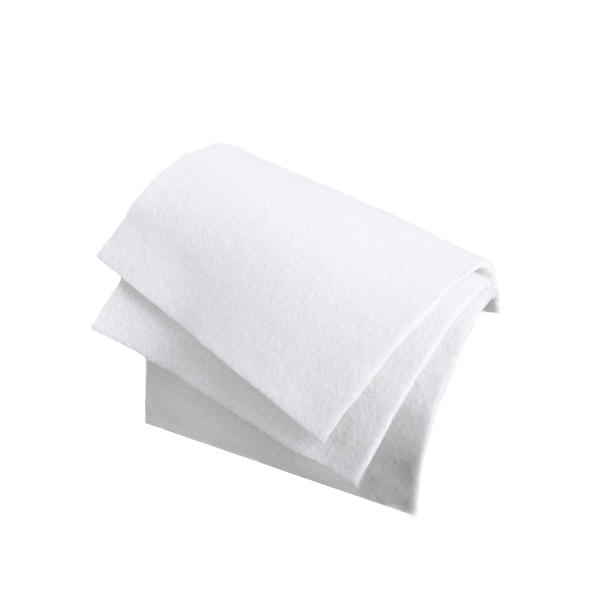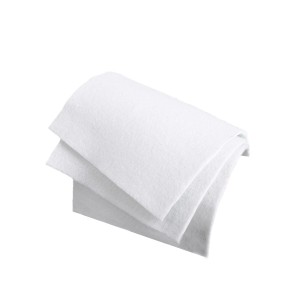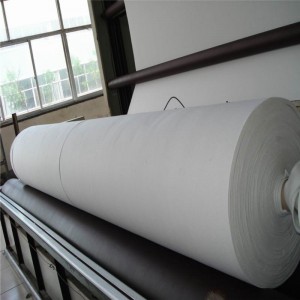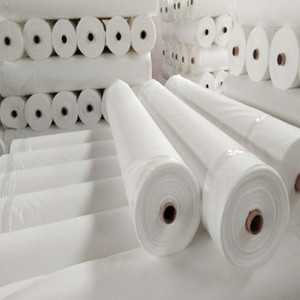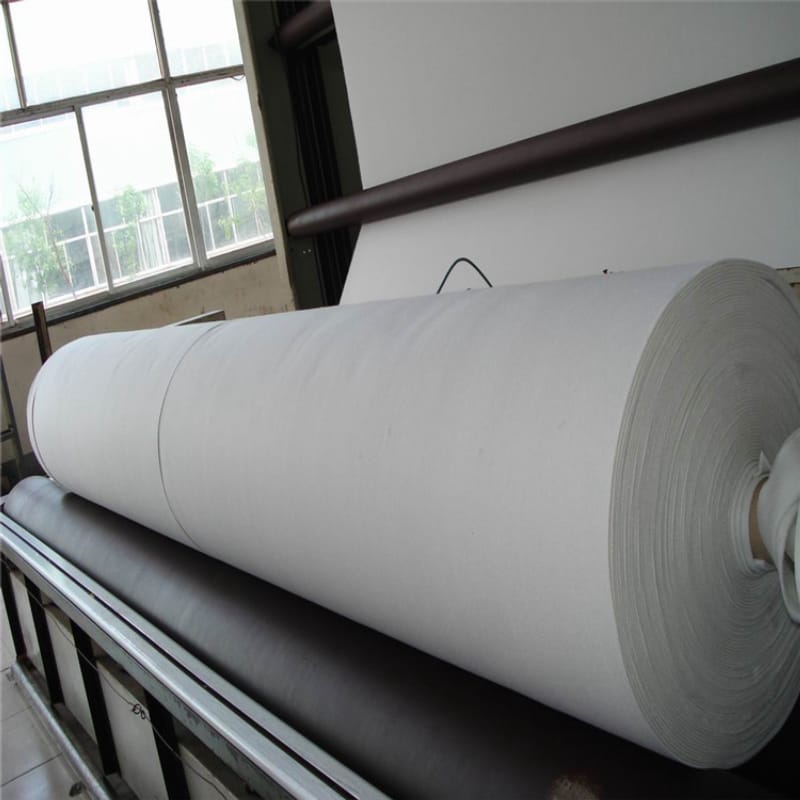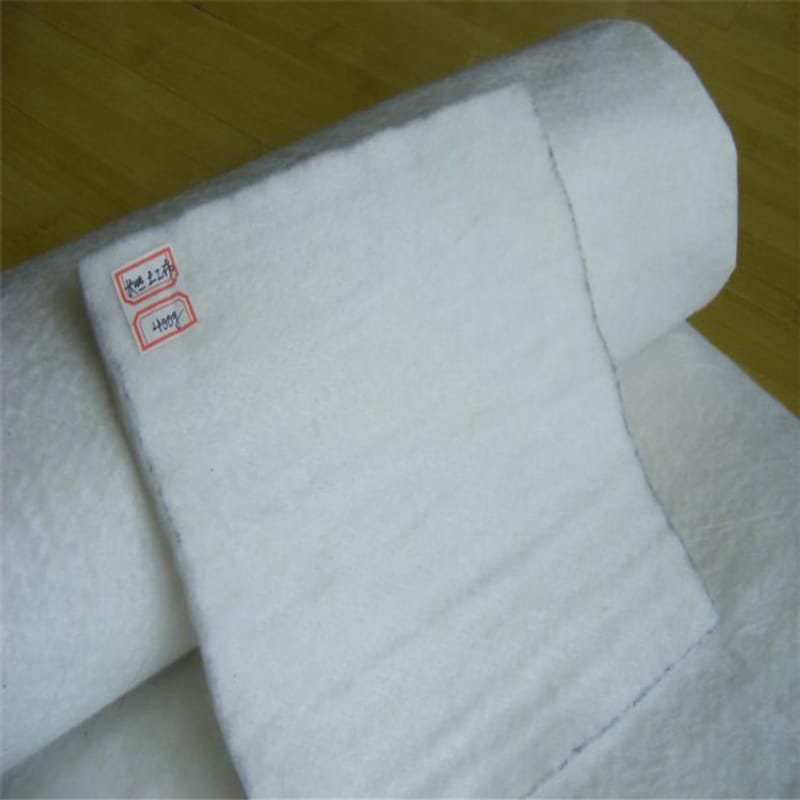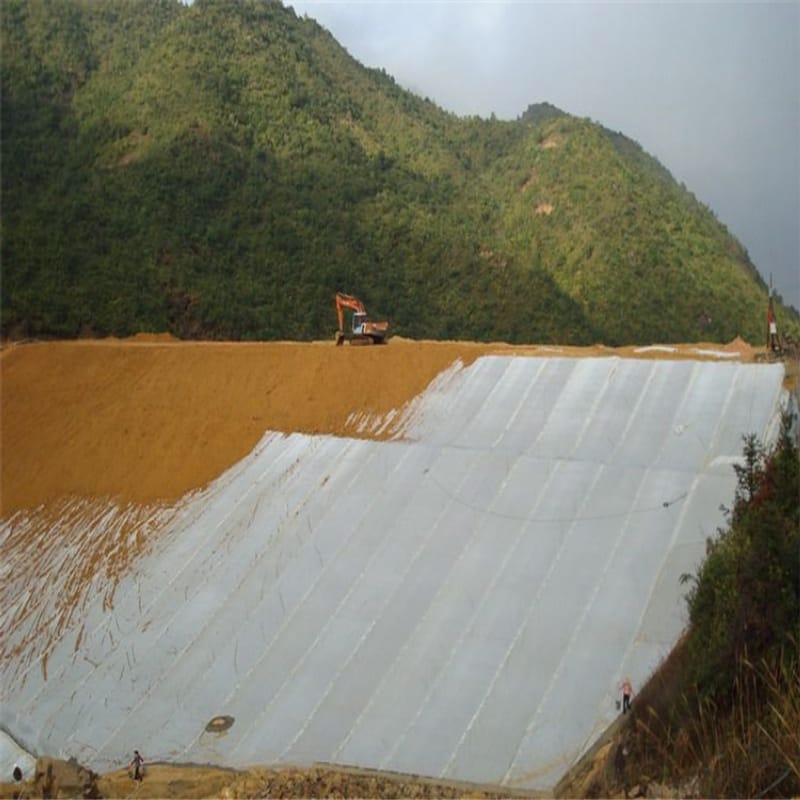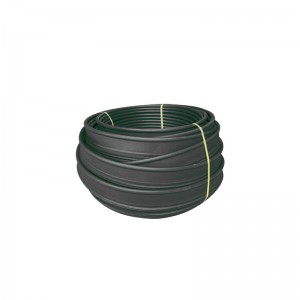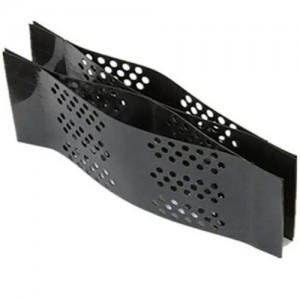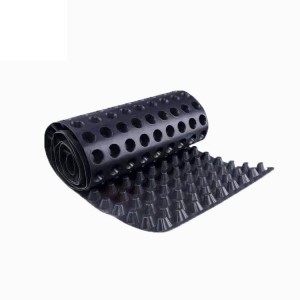Versatile and Durable Geotextile for Civil Engineering Projects
Geotextile has excellent filtration, drainage, isolation, reinforcement and protection properties. It is light weight, has high tensile strength, is permeable, has high temperature resistance, is freeze resistant and has excellent aging resistance. Geotextile is also corrosion resistant, making it an ideal material for a wide range of civil engineering and construction projects.
1. Low investment: Geotextile is a relatively low-cost solution for soil erosion control.
2. Simple construction process: Geotextile can be installed quickly and easily.
3. Easy to use: Geotextile is easy to use and does not require special skills or training.
4. Short construction period: Geotextile can be installed in a short period of time, which can save time and money.
5. Good filtration effect: Geotextile can effectively filter out sediments and other pollutants from water.
6.High effective utilization coefficient: Geotextile has a high effective utilization coefficient, which means that it can be used multiple times.
1, reinforcement of dikes and slopes of water conservancy projects.
2, isolation and filtration of channels.
3、The isolation, reinforcement and drainage of the foundation of highway, railroad and airport runway.
4、Earth slope, retaining wall and ground reinforcement, drainage.
5, soft foundation treatment of port projects.
6, beach embankment, harbor docks and breakwaters reinforcement, drainage.
7, landfill, thermal power plant ash dam, mineral processing plant tailings dam isolation, drainage.
1: Isolation
By using polyester staple geotextile, you can ensure that materials with different physical properties (such as soil and sand, soil and concrete, etc.) are isolated from each other, preventing any loss or mixing between them. This not only maintains the overall structure and function of the materials, but also strengthens the load-bearing capacity of the structure.
2: Filtration (back filtration)
One of the most important roles that geotextiles play is filtration. This process, also known as back filtration, is when water flows from a fine material soil layer into a coarse material soil layer. During this process, the geotextile allows water to flow through while effectively intercepting soil particles, fine sand, small stones, etc. This prevents the stability of the soil and water engineering from being compromised.
3: Drainage
Polyester staple needle-punched geotextiles have good water conductivity, which helps to form drainage channels inside the soil body. This allows excess liquid and gas to be drained out of the soil structure, helping to keep the soil in a healthier state.
4: Reinforcement
Geotextiles are widely used in a variety of civil engineering applications as reinforcement. The use of geotextiles can increase the tensile strength and deformation resistance of the soil, and improve the stability of the building structure. This can improve the quality of the soil and the overall performance of the structure.
5: Protection
Geotextiles play an important role in protecting the soil from erosion and other damage. When water flows over the soil, geotextiles diffuse the concentrated stress, transfer or decompose it, and prevent the soil from being damaged by external forces. In this way, they protect the soil and help to keep it healthy.
6:Puncture protection
Geotextile plays an important role in puncture protection. When used in conjunction with a geomembrane, it forms a composite waterproof and impermeable material that is resistant to punctures. Geotextile is also characterized by high tensile strength, good permeability, high temperature resistance, freezing resistance, aging resistance, and corrosion resistance. Polyester staple fiber needled geotextile is a widely used geosynthetic material that is used in the reinforcement of railroad roadbeds and the maintenance of highway pavements.

